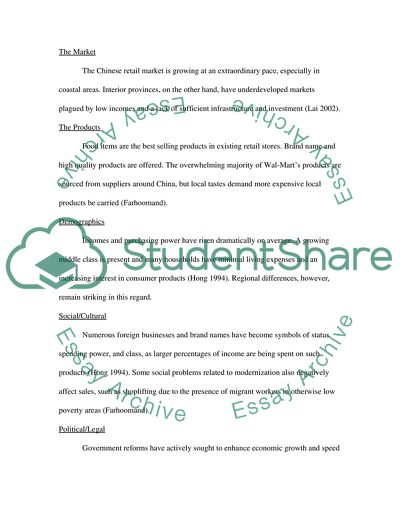Cite this document
(“Wal-Mart Stores: Every Day Low Prices in China Essay”, n.d.)
Wal-Mart Stores: Every Day Low Prices in China Essay. Retrieved from https://studentshare.org/miscellaneous/1541390-wal-mart-stores-every-day-low-prices-in-china
Wal-Mart Stores: Every Day Low Prices in China Essay. Retrieved from https://studentshare.org/miscellaneous/1541390-wal-mart-stores-every-day-low-prices-in-china
(Wal-Mart Stores: Every Day Low Prices in China Essay)
Wal-Mart Stores: Every Day Low Prices in China Essay. https://studentshare.org/miscellaneous/1541390-wal-mart-stores-every-day-low-prices-in-china.
Wal-Mart Stores: Every Day Low Prices in China Essay. https://studentshare.org/miscellaneous/1541390-wal-mart-stores-every-day-low-prices-in-china.
“Wal-Mart Stores: Every Day Low Prices in China Essay”, n.d. https://studentshare.org/miscellaneous/1541390-wal-mart-stores-every-day-low-prices-in-china.


